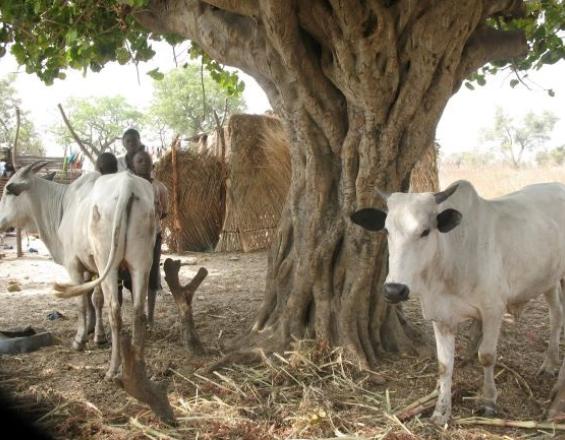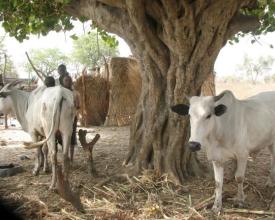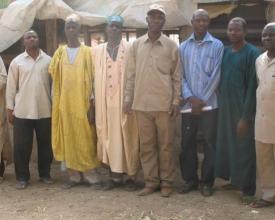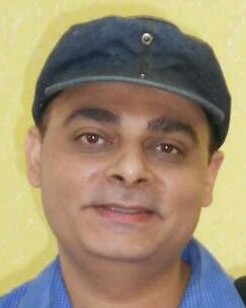
Microproyectos para planes rotatorios de ganadería que beneficien a las comunidades de los alrededores del Parque Nacional del Lago Kainji (Nigeria)

Entre 2004 y 2010, el LEEMP-FMAM financió 196 proyectos de medios de vida sostenibles en 40 comunidades de zonas de apoyo del Parque Nacional del Lago Kainji. Sobre la base de esta inversión, el proyecto NPS-Bridging Fund ayudó a ampliar la escala a 206 proyectos en 46 comunidades desde 2011 hasta la fecha.
Los proyectos se basan en un sistema de rotación de activos entre los miembros del grupo. Los activos incluyen vacas por valor de 60.000 N (167 USD), así como medicamentos y alimentos por valor de 40.000 N (111 USD). Los activos de producto se entregan al primer beneficiario, que engorda las vacas de 6 meses a 1 año y luego las vende, quedándose con una y dando otra a otro miembro del grupo para que la engorde. Esto continúa hasta que todos los miembros del grupo se han beneficiado. A continuación se repite la rotación.
Desde 2010 hasta la fecha se han beneficiado todos los miembros del grupo de cazadores y jóvenes usuarios de las ZEC del parque, y el plan se encuentra ahora en la segunda ronda.
Contexto
Défis à relever
Ubicación
Impactos
- Reducción de la caza en el Parque Nacional del Lago Kainji por parte de los miembros de las comunidades de la zona de apoyo gracias a la intervención
- Mayor avistamiento de animales en el parque por parte de guardas y turistas
- Aumento de los ingresos gracias a microproyectos de rotación de activos de productos
- Participación voluntaria de la comunidad en patrullas contra la caza furtiva con los guardabosques como voluntarios para proteger el parque.
- Creación y funcionamiento de clubes comunitarios de conservación en las escuelas de la comunidad


